Boys in Dresses? The Breeching Process
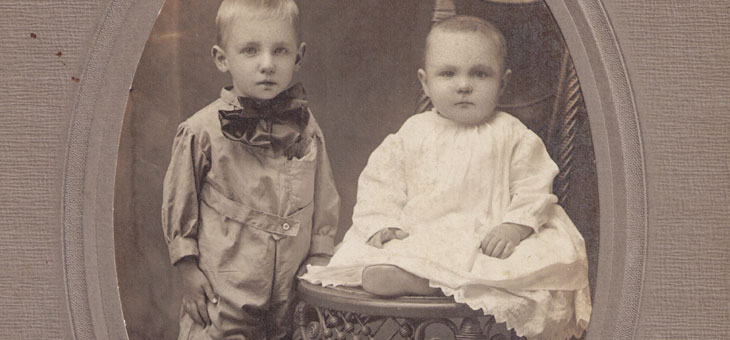
Two years ago I switched on the television to watch the Revolutionary War series Turn. In the opening scene I watched as a boy about the age of two was shown in a cabbage patch while his father, the main character of the series, helped him walk between the garden rows. I was immediately disgusted that the costumers in the series had dressed the little boy in tiny knee breeches. I Turned off the television.
That might have been too quick of a reaction to an 18th century fashion mistake. I have heard from others that the series is quite good. However, it would have been very easy to have the child dressed correctly; for at that age he would not have been toilet trained and therefore, would not have been wearing breeches. Instead, he would have worn a long dress to make it easier for his mother to change him.
The “breeching process” is evidenced again and again in family photos up into the 1920s. This process was adhered to for hundreds of years. The word “breech” literally means “rear end”. A breech of a gun is the end of the barrel. A breech birth is when a child is born feet first or rear end first instead of head first. And, a male child would not wear breeches (or britches) until he was toilet trained. Once he was, it was a proud day when he was given his first pair of breeches which now completely enclosed his “end”.
Along with observing old photos of boys who have not yet been breeched, the fashions of the day were very interesting. In the following photos one will recognize the Victorian fashion of using tartan or plaid material; popular because Queen Victoria brought back all things Scottish, dressing her children in Scottish clan designs.
The fanciness of some of the white dresses the following Hagenbuchs sport may lead one to believe it was related to the baptism gown. This could be the case, but the birth dates, baptism dates, and approximate ages of the children in the photos wearing white gowns does not always fit. Also, the suits of the older boys in the photos show that no expense was spared in having fashionable clothing for a keepsake photo of “our little lads”. Sailor suits, fancy collars, and large neck bows are examples of the clothing being worn by the wealthy and Royals of the time.
The first photo is of four Hagenbuch boys, the children of Hiram (b. 1847) and Mary Ann “Lindner” Hagenbuch (b. 1853). Yes, the one in the tartan “dress” is a boy: Israel Hagenbuch born in 1883. He must not had yet been breeched. He is accompanied in the photo by (from left to right): Francis Eugene born 1877, Percy born 1880, and Henry Bruce born 1875.
The second photo is of two more sons of Hiram and Mary Ann. Clarence Charles is on the left, born 1889. Franklin Walter is on the right, born 1890. Clarence was only 13 months older than Franklin.
This photo is the youngest son of Hiram and Mary Ann. Luther Hagenbuch was born in 1896. He was nine months old when his father Hiram and brother Henry Bruce died of typhoid in 1897. Toward the end of his life, Luther was shown this photo and asked about it. He laughed when he saw he was wearing a dress and stated that the photographer could not keep him still for the photograph. Because of camera exposure times in those days the subject had to sit very still so the photo was not blurred. Luther said that he was given a penny to hold and if one looks close, the penny can be seen in his hands.
The above two Hagenbuch boys are brothers Israel Walter and Andrew James. Walter, born 1910 and Andrew, born 1911 were the sons of Israel (b. 1883 and in the tartan dress above) and Minnie “Keefer” Hagenbuch. Walter has a large bow tie and Andrew, not yet breeched, is wearing the typical dress. Walter is probably only a few months more than two years old in this photo. The opinion would be that he was toilet trained at a young age.
The final photo is of three brothers, the eldest children of Clarence (b. 1889) and Hannah “Sechler” Hagenbuch (b. 1889). From left to right are Homer born 1916, Wilmer born 1918, and Charles born 1915. The photo was taken in 1919. From what is known of the breeching process, one can understand why Wilmer is in a dress. Homer and Charles are in short pants and the influence of children’s fashions is recognized. Take a look at photos of British royal children of that time and also of Tsarvich (Prince) Alexei of Russia. The same fashions are observed: white short pants, white tunic, and a white or black neckerchief style tie.
So much can be learned from looking at old photos. We look for resemblances between our ancestors and the folks of today. Just as important are the clothing of the subjects and the settings of the photographs. If not posed in a studio, some photos show the playfulness or seriousness of our ancestors. Remember: a picture is worth a thousand words.

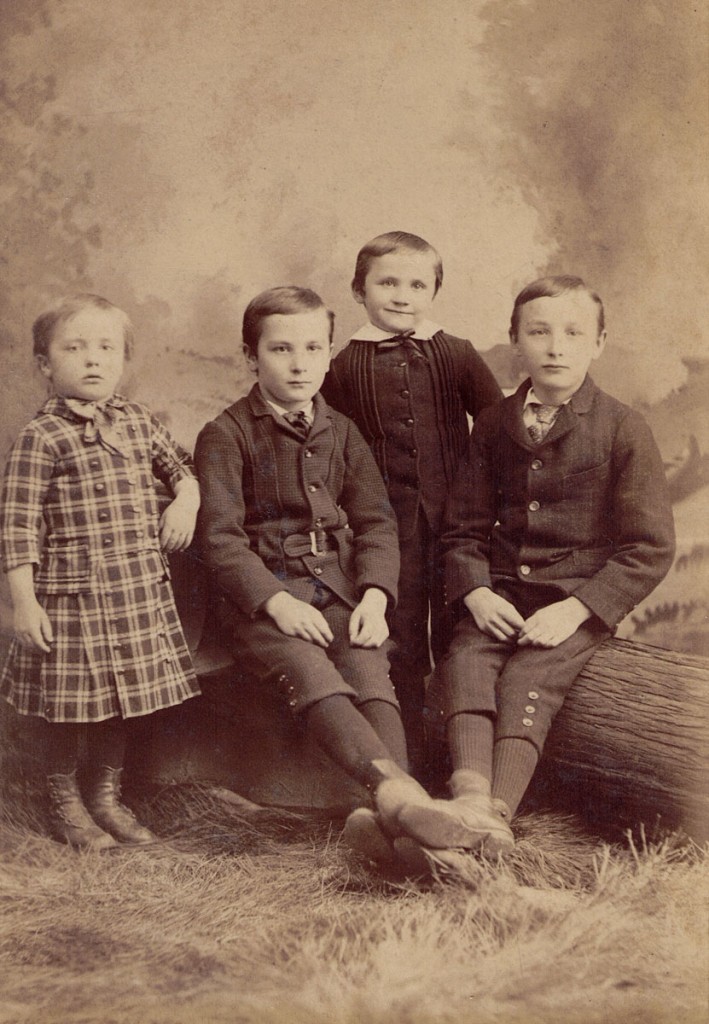
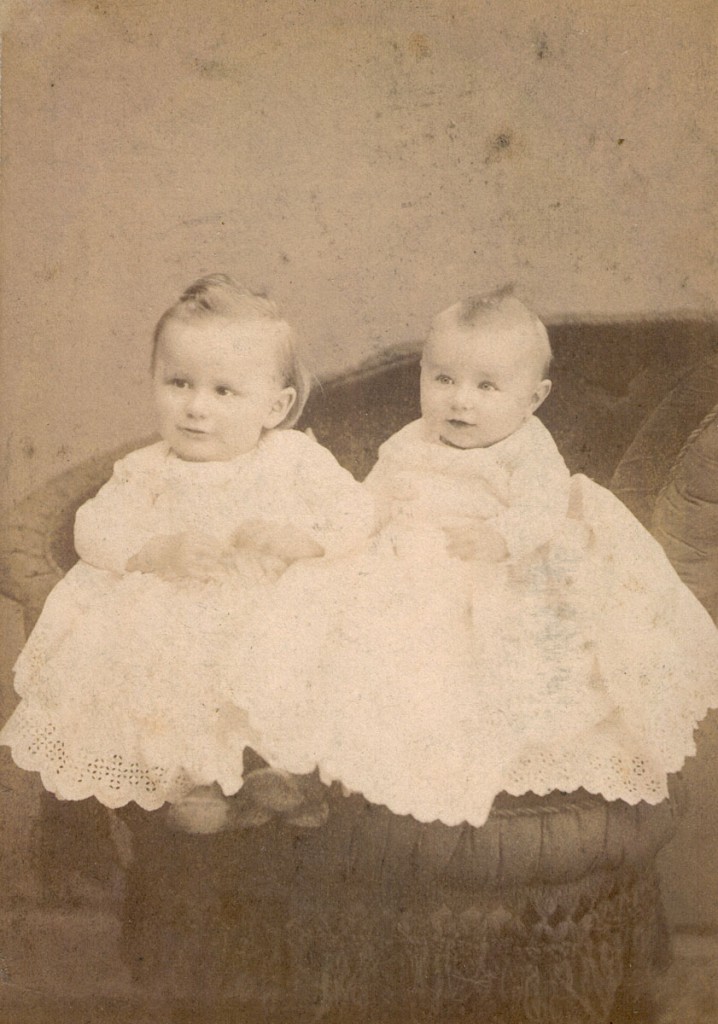
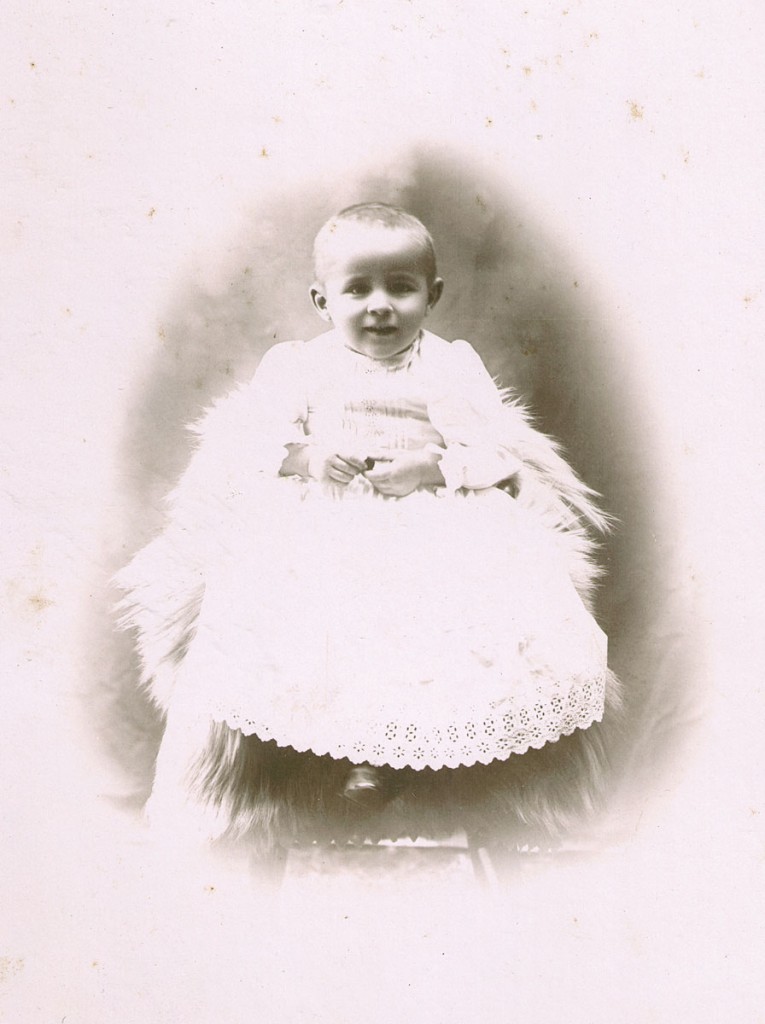
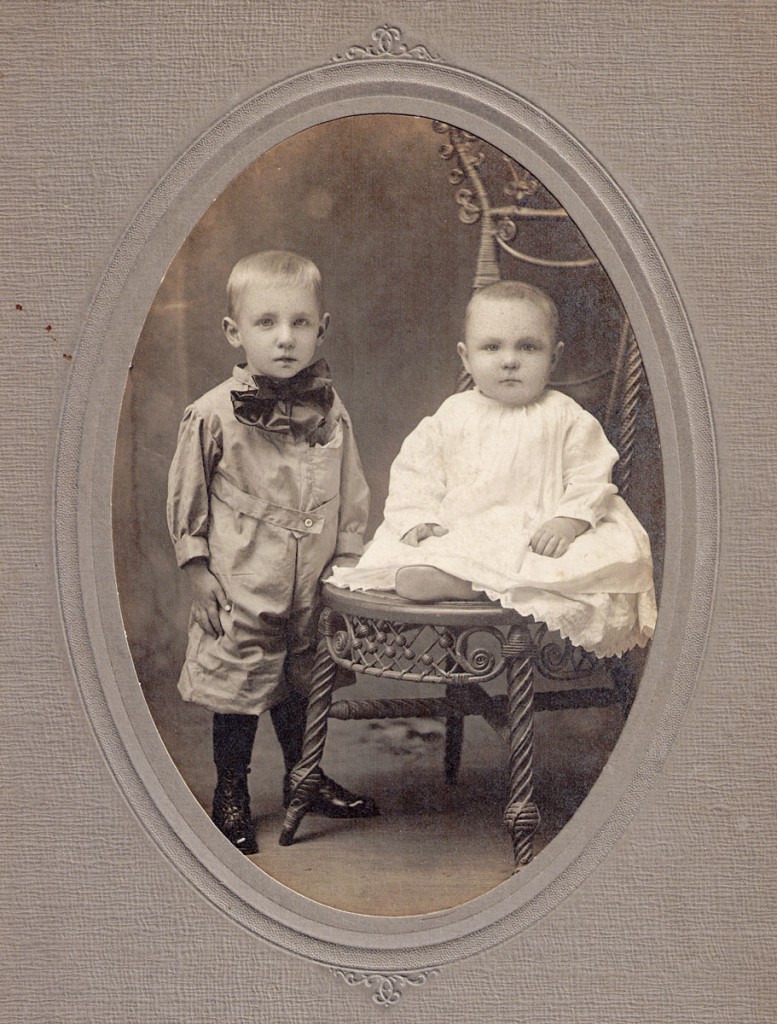
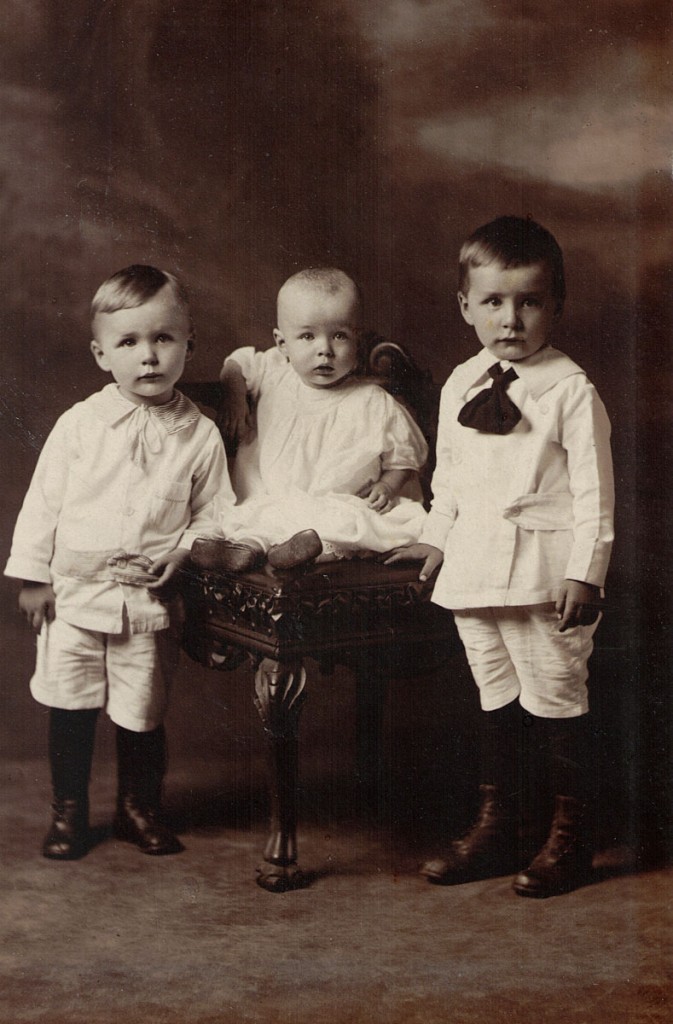
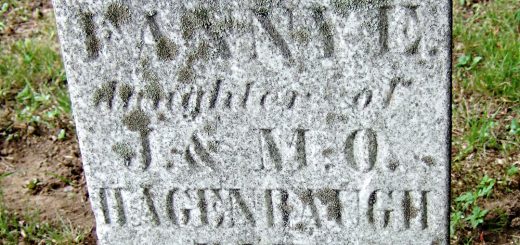
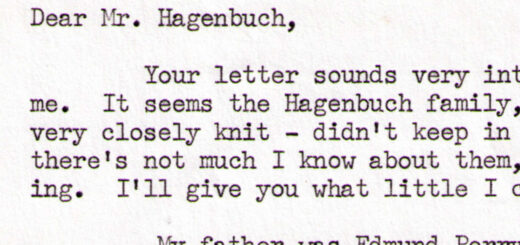
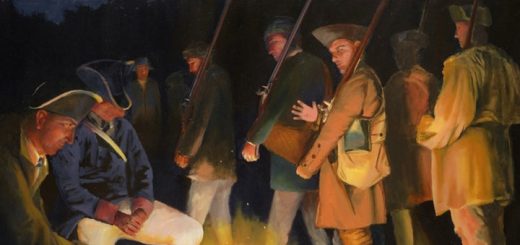













Learned a lot in a short amount of time. Makes perfect sense any time easy access – so much faster than undoing breeches. Have a feeling I knew part of this story but not all of it. Thanks so much